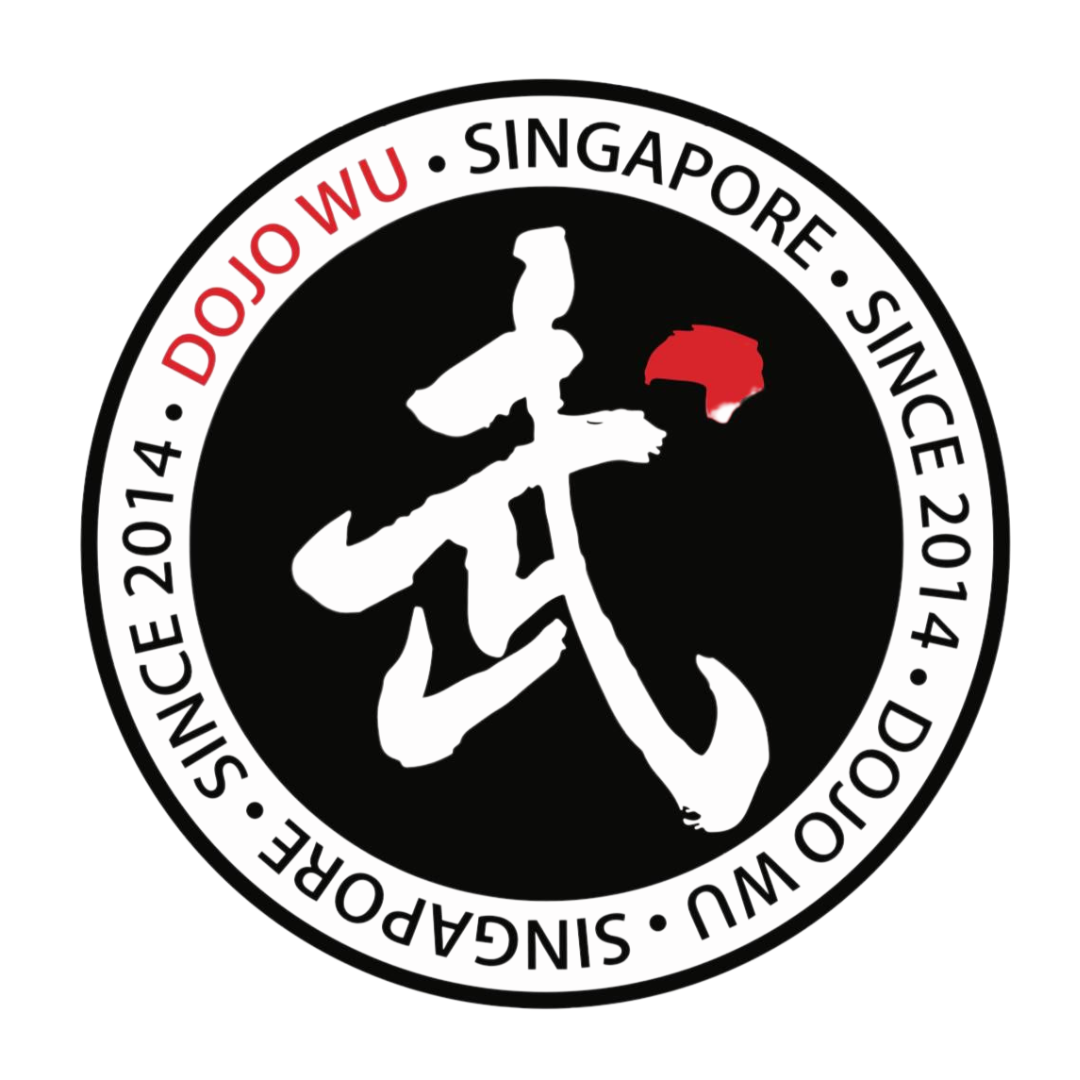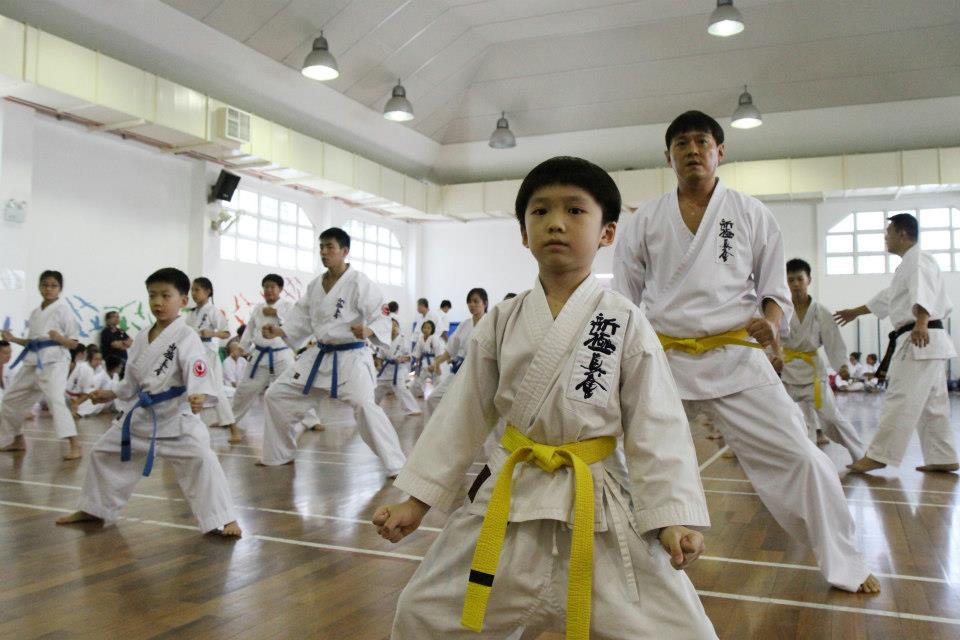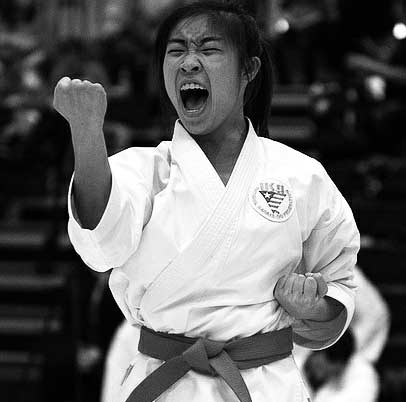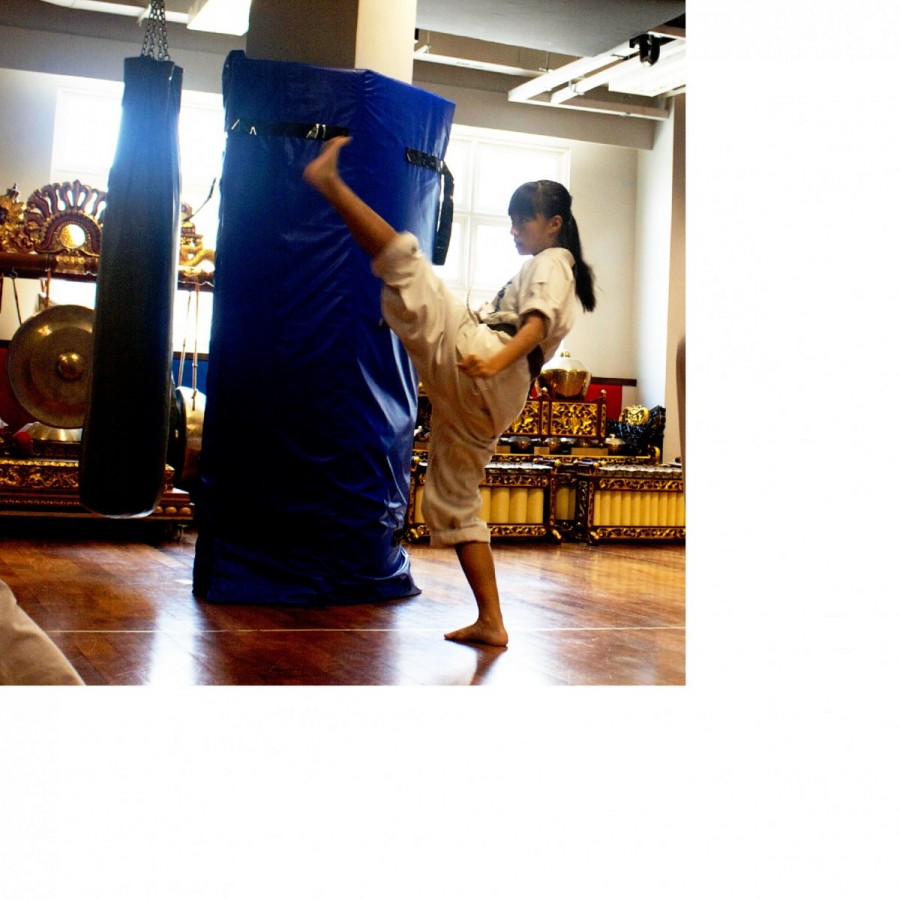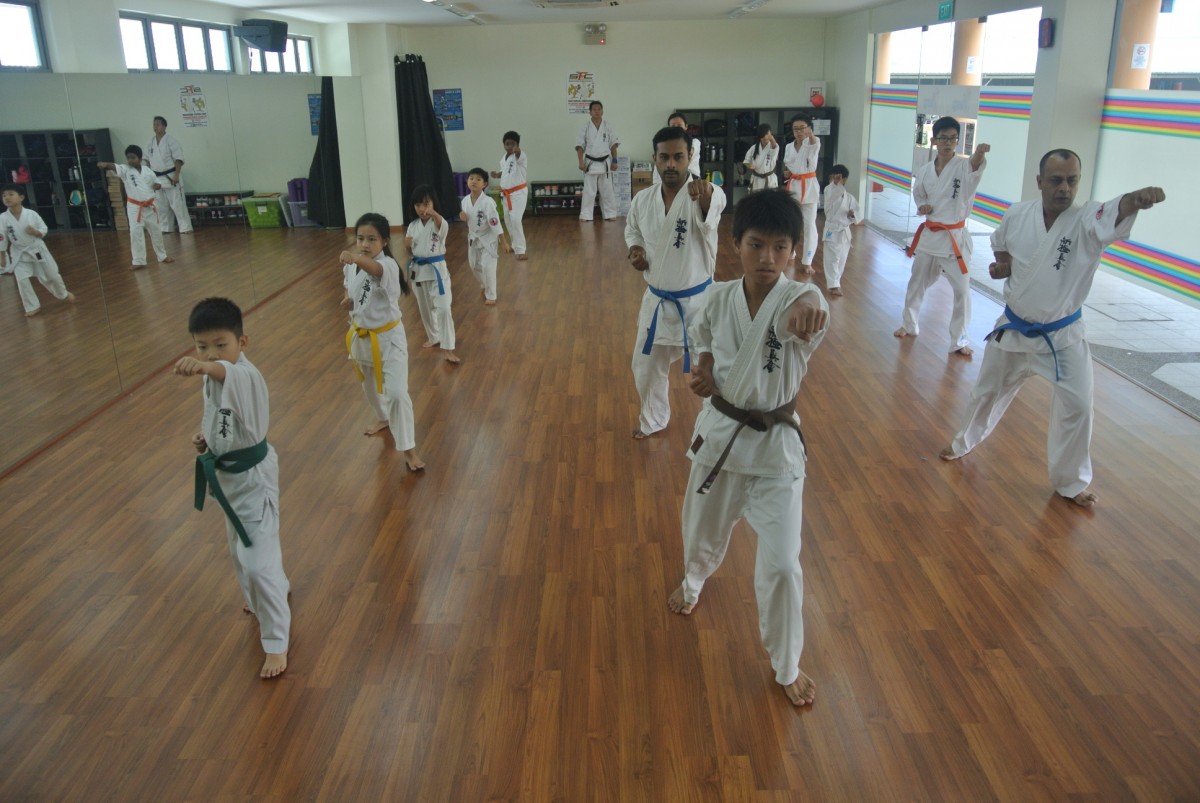Grading.
A word, an event, which many get anxious about and have mixed feelings towards it.
 |
| Getting ready during grading |
It is an exam.
A test which each karateka (practitioner of karate) has to go through in order to move on to the next level of learning. Levels are denoted by the different belt colours.
 |
| Orange Belts of Kyokushin Karate |
So what is involved in this karate grading? What are being tested on specifically?
In summary, segments can be classified into:
- Correct warming-up techniques
- (Kihon) Fundamental techniques- these are the different types of stances (horse-stance, right sanchin stance, etc), punches (middle, high, low, etc), blocks, kicks, etc.
- (Ido-geko) Moving basics- the different aspects of incorporating the fundamental techniques with movements; usually in 3-steps forward / backward motion.
- Step-sparring techniques (you would be paired with a partner, & your task in this test is to be able to demonstrate how you would defend and strike when there is an attack from your partner)
- Kata (detailed patterns of movements which you would have learnt for your belt level requirement)
- Kumite (free sparring)
- Tameshiwari (breaking of wooden planks) / Jumping Sticks / Jumping squats (strength and flexibility)
- Pad works- usually tested for jodan mawashi-geri (high kick), ushiro-geri (back kick), ushiro mawashi-geri (reverse roundhouse kick)
- Push-ups
 |
| Displaying right movement is essential during grading |
 |
| Grading for all ages |
 |
| Flexibility and Confidence |
 |
| Full Contact Fighting |
 |
| Senior Belters exchanging blows |
It takes at least months of practice to achieve a good pass in grading. Every promotion in belt level is earned with the heart and sweat of each karateka through their devotion of time and effort.
Though the recent grading has ended, it does not mean slowing down or taking a break in training. Next grading will be in 4 months time, & till then, it will just be more sweat at Dojo Wu.
 |
| 3 years to master the grip, 3 years to master the stance, 3 years to master the strike. -Senpai Melvern |
 |
| Click here to play |
